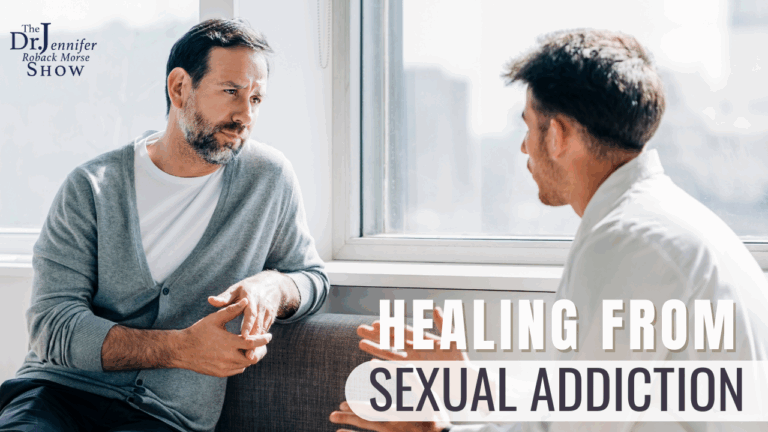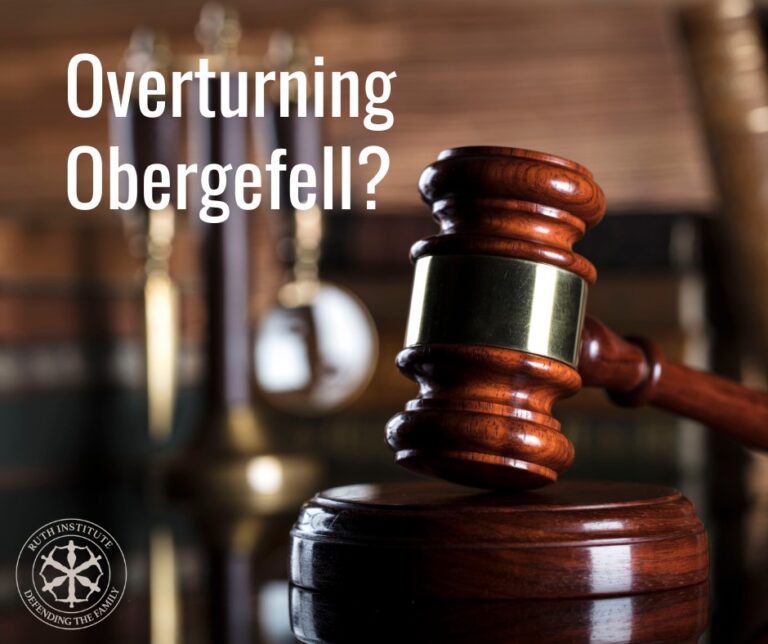by Paul Sullins
This article was first posted January 22, 2020, at The Public Discourse.
The unstated mythology of therapeutic “abortion care” is that pregnancies come in only two types: wanted pregnancies, all of which children are delivered,
and unwanted pregnancies, all of which children are aborted. But that’s not true. At least one in seven abortions in the U.S. are of children that
the mother reports were wanted. I recently found that the risk of depression, suicidality or anxiety disorders from such abortions was almost four
times higher than for women who had aborted a child in an unwanted pregnancy. Mine is the first empirical study ever to examine these more distressing,
invisible abortions.
(APA), American Medical Association (AMA), National Academy of Sciences (NAS), and Britain’s Academy of Medical Royal Colleges (AMRC), assure us
that they are not, in a series of similarly-worded position statements advising that (in the words of the NAS)
“women who have an abortion [do not] experience more mental health problems than women who deliver an unwanted pregnancy.”
But posing the question as one of abortion versus birth for an unwanted pregnancy overlooks a well-documented but seldom acknowledged fact: many
abortions—at least one in seven in the U.S.—are of children in pregnancies that the mother reports were wanted, not unwanted.
If these abortions are more troubling for women than those in unwanted pregnancies, then by ignoring them our public health agencies are subtly
understating the true level of possible post-abortion psychological harm for women.
I recently examined data from the National Longitudinal Study of Adolescent to Adult Health (Add Health) to see if wanting a pregnancy affected women’s
level of psychological distress following an abortion. My results were published late last year in a study in the European medical journal Medicina. Add Health, widely acknowledged to be among the best representative data we have on the U.S. population,
has been used in thousands of empirical scholarly studies. In addition to extensive measures of psychological health drawn from the APA’s Diagnostic
and Statistical Manual (DSM), Add Health asked almost 4,000 women at three points in time—ages 15, 22, and 28—whether they had ever been
pregnant, how the pregnancy ended, and whether they wanted to have a child when they became pregnant.
Putting these together, I found that by age 28 the risk of affective psychological disorder—meaning depression, anxiety disorder, or serious thoughts
of suicide—was almost four times higher (69 percent versus 18 percent) for women who had aborted a child in a wanted rather than an
unwanted pregnancy, compared to those who had delivered children in such pregnancies. Clearly, the abortions of children in wanted pregnancies are
much more disturbing for women, and their births much happier, than is the case with unwanted pregnancies.
Wanted-pregnancy abortions most often occur because the mother may want the child, while others involved do not. In the Add Health data I examined in the
study, one in five women who had ever had an abortion said that they had aborted a pregnancy by which they had wanted to have a child. In patient surveys
by abortion providers, over a third of women reported that they were acceding to the wishes of their partner or parents in having the abortion. A
research review by the pro-life Elliott Institute estimates that “30 to 60 percent of women having abortions feel pressured to do so by other persons.”
There can be other pressures as well. In follow-up surveys that asked about their experience at a clinic, most women reported feeling uncertain or rushed to have an abortion, and two thirds reported little
or no counseling. Last year’s movie Unplanned, based on the first-person account of former abortion-clinic director Abby Johnson, chillingly
dramatized a typical clinic intake process, that more closely resembled sales pressure to have an abortion than it did a careful screening for certainty
or potential mental-health concerns. Many women may understandably come to have a sense of buyer’s remorse or regret about their decision to have an
abortion.
Remarkably, mine is the first empirical study ever to examine abortions of children in wanted pregnancies. For most researchers in this area, such abortions
are invisible because they do not conform to the unstated binary mythology of “abortion care,” in which pregnancies come in only two types: wanted
pregnancies, all of which children are delivered, and unwanted pregnancies, all of which children are aborted.
Reviewers and editors repeatedly reported that they “lacked a sense of” or were “perplexed” by the idea that women could look back and say that they actually
had wanted to deliver a child they had aborted; although they acknowledged that women routinely deliver children in unwanted pregnancies, and that
“very many women express some degree of ambivalence” at the clinic. More than one told me that women who had obtained an abortion must not have wanted
their pregnancy by definition, and thus, in the Add Health interviews, they could not have responded the way they clearly did respond. The
position-statement review by the AMRC codified this bias, explicitly presuming that all aborted pregnancies were unwanted, and thus defining the most
distressing abortions out of existence.
Whitewashing away the most troubling abortions is not the only blind spot of our medical experts. Even if it were true that women did not “experience more
mental health problems” with abortion compared to delivery, such statements crucially miss the point. The mental-health premise for widespread legal
abortion was not merely that it would not do more psychological harm to women, but that it would benefit them, compared to having to deliver the child.
Although researchers have long disputed whether mental-health problems for women after abortion are disconcertingly large or insignificantly small, so
far, after forty-five years of research, not a single study (to my knowledge) has ever found a statistically significant psychological benefit for
women having abortions rather than childbirth. The declarations of “no harm” fail even to consider the fact that the idea of a “therapeutic abortion”
to improve a woman’s mental health—which is the premise of the Roe/Doe decisions in the U.S., and the justification for legal abortion
in most Western countries—has no basis in evidence.
What does benefit pregnant women’s mental health, research repeatedly finds, is childbirth. In my study, the risk of affective distress was 29
percent lower up to 13 years after the birth of one or more children in wanted pregnancies, and 12 percent lower even after delivering a child from
an unwanted pregnancy. The full psychological toll of an abortion, therefore, must be measured not just by the absolute pain a woman may (or may not)
feel, but also by the opportunity cost of missing the psychological benefit—the joy, growth, and even struggle—of the child she did not
have.



